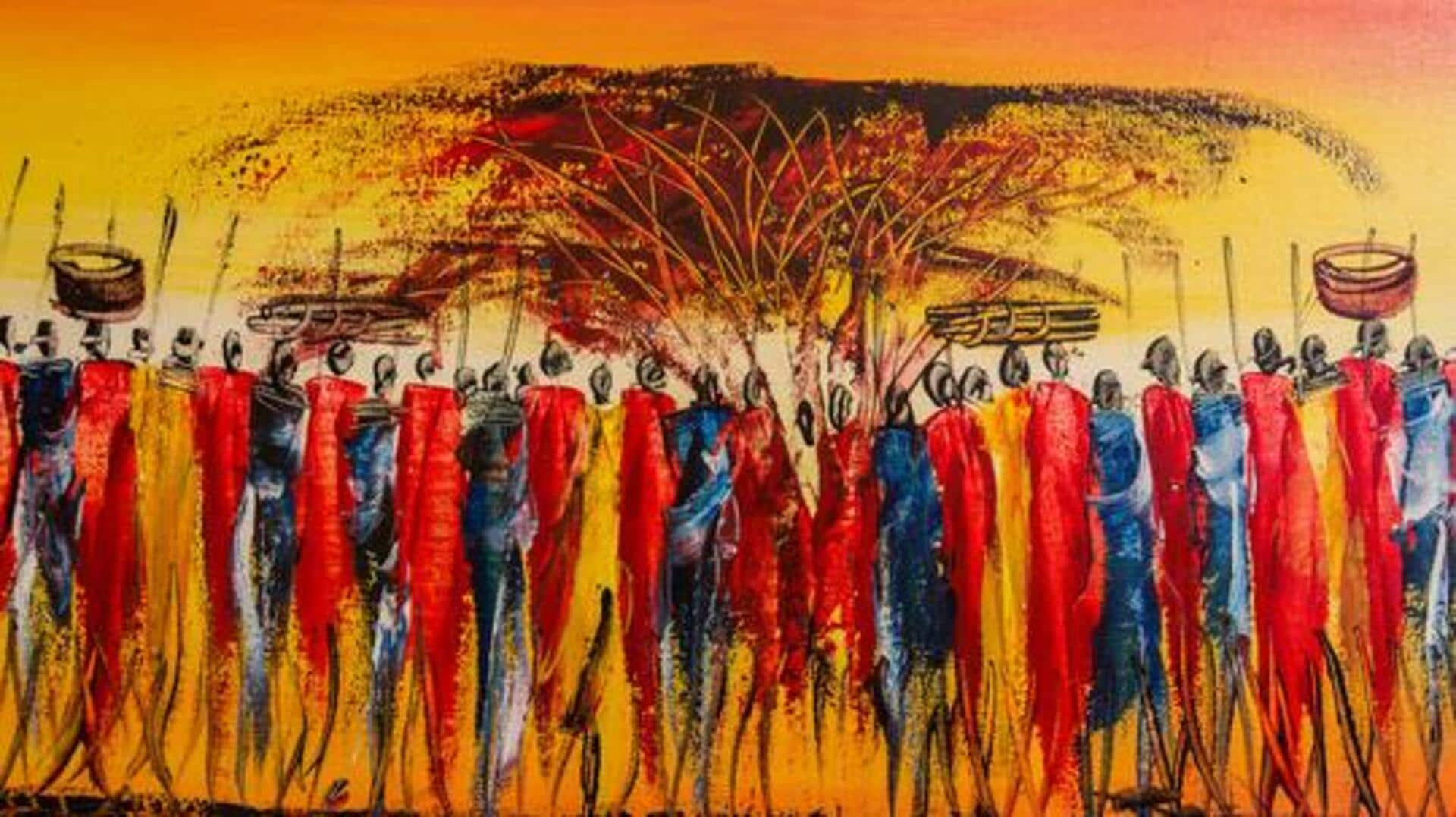
All about mural art
What's the story
African mural art, lining village walls across the continent, is a colorful cultural and traditional expression. These aren't mere murals; they are a reflection of deep meanings and stories from generations gone by. Bold colors and intricate patterns on these murals highlight Africa's rich heritage and diverse cultures, giving us a peek into the lives, beliefs, and histories of their creators.
#1
Symbolism in patterns
The patterns used in African mural art are laden with symbolism. Each shape or line can represent different aspects of life, such as fertility, prosperity, or protection. For instance, zigzag lines might symbolize water or movement, while circular motifs could represent unity or eternity. These symbols are often specific to particular tribes or regions, making each mural unique to its community.
#2
Natural pigments for colors
The lively hues observed in African murals are usually obtained from natural pigments available in the surroundings. Artists utilize elements like clay, plant extracts, and minerals for their palette. This dependence on nature not only makes it sustainable but also ties the artwork intricately to its environment. The colors can even have symbolic significance related to emotions or spirituality.
#3
Community involvement in creation
Creating a mural is usually a community affair that involves several members of a village. Not only does this collaborative process reinforce social ties, but it also ensures that traditional techniques are preserved for posterity. Elders may guide younger artists in selecting themes and executing designs, while sharing stories that inspire the artwork's content.
#4
Preservation through storytelling
Storytelling is also integral to preserving African mural art traditions. As murals get faded over time because of weathering, etc., oral narratives keep their meanings alive in the communities. These stories make sure that even if a physical painting goes missing, its cultural significance stays intact for future generations to appreciate and learn from.